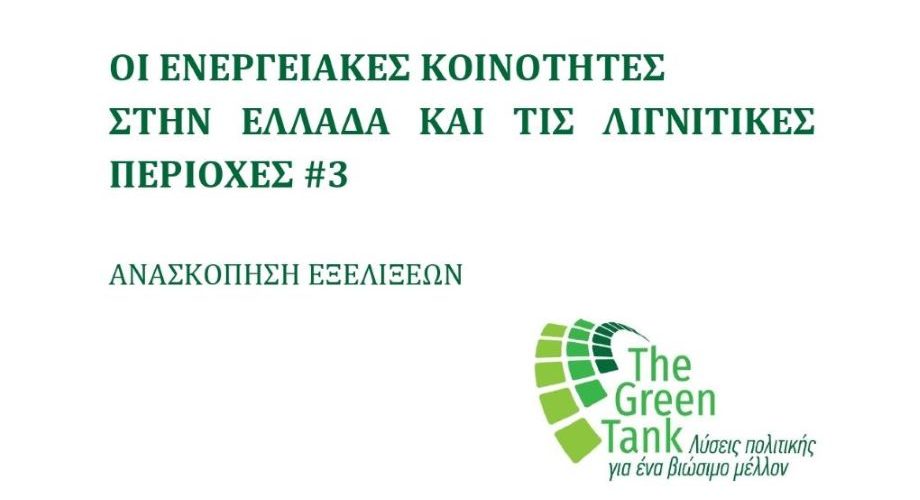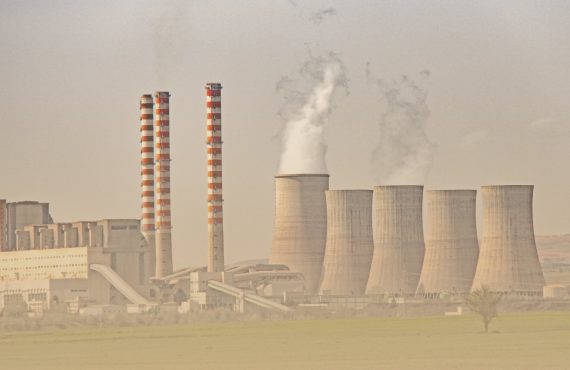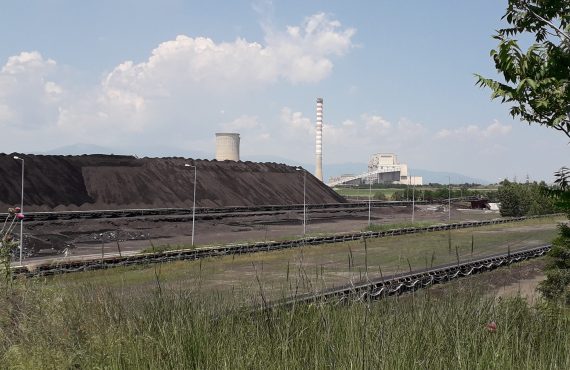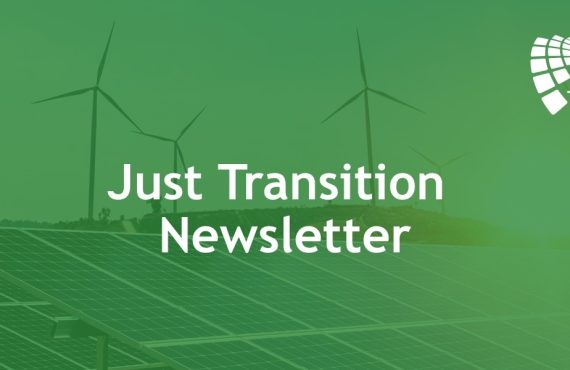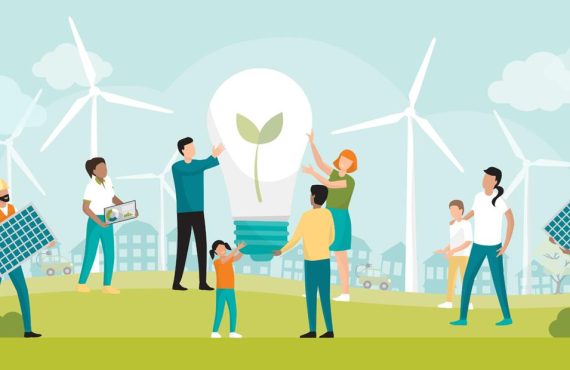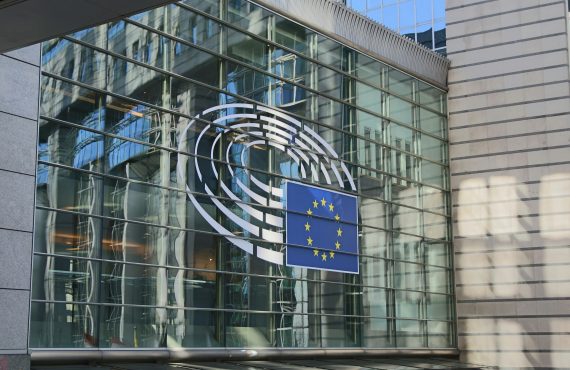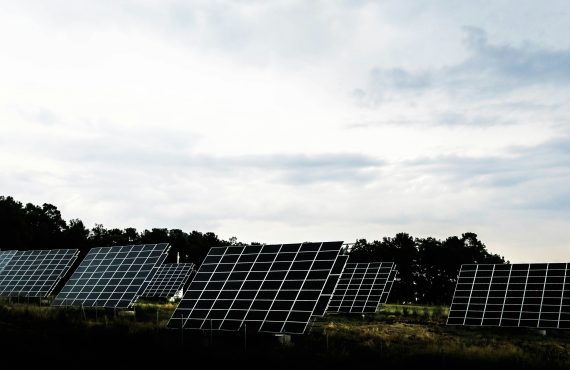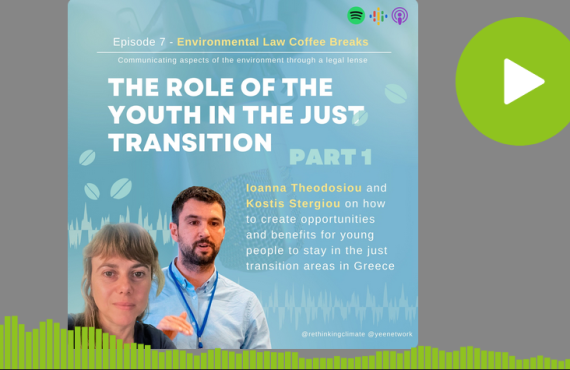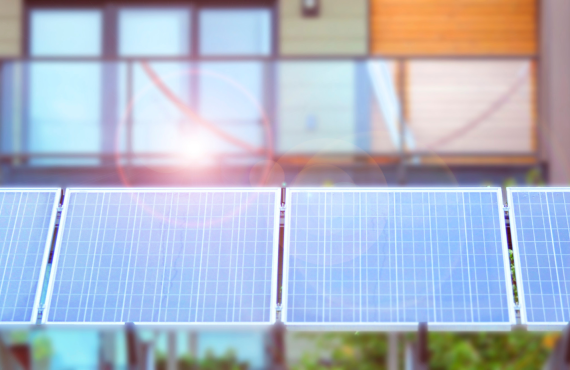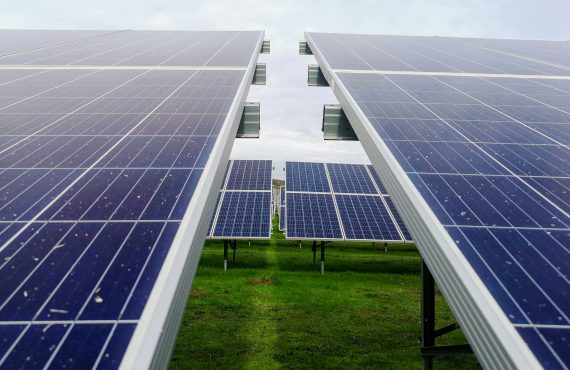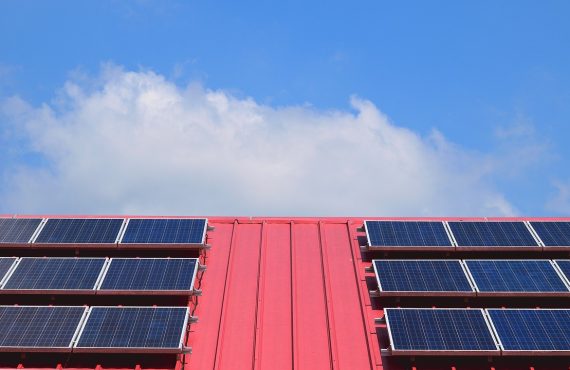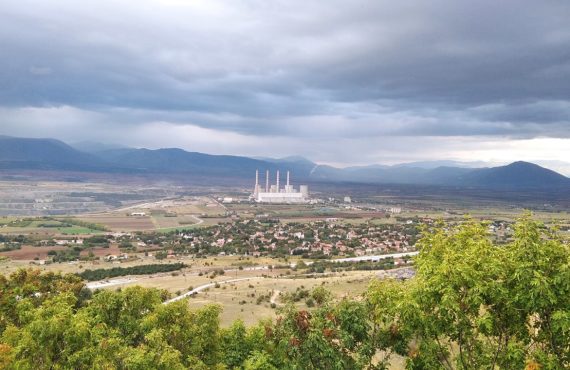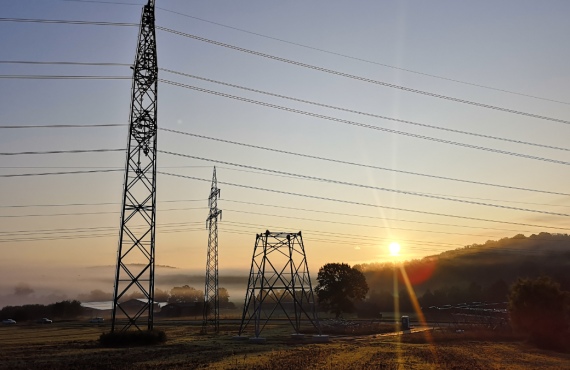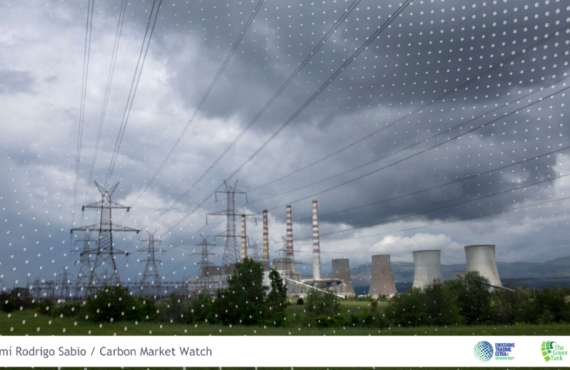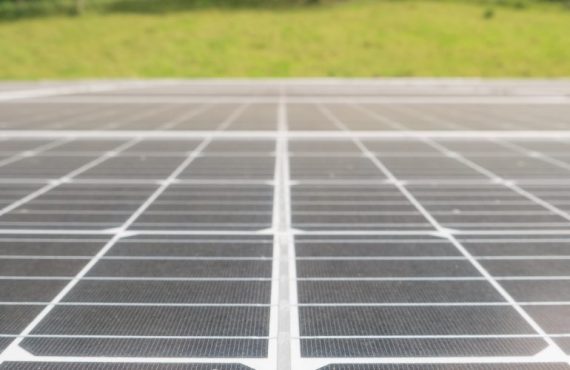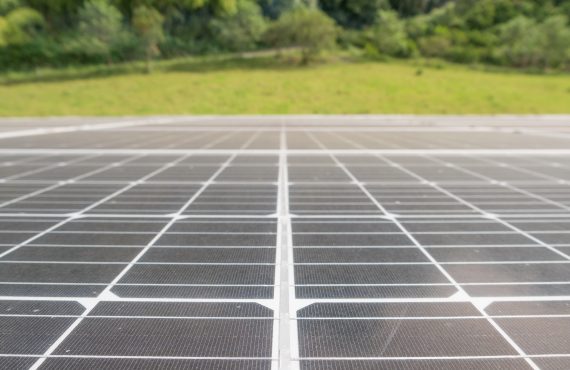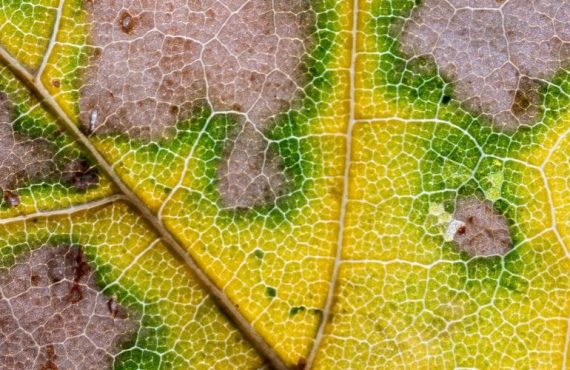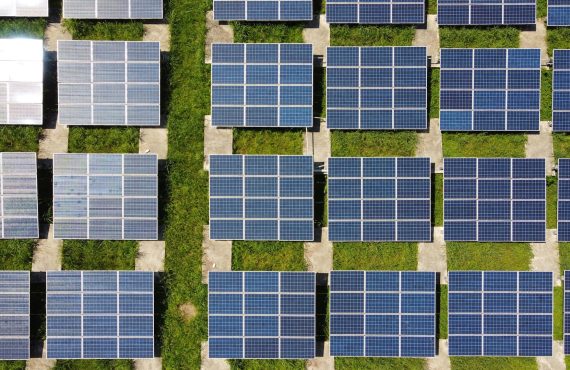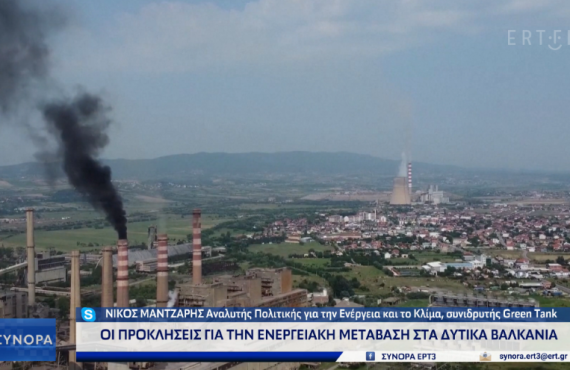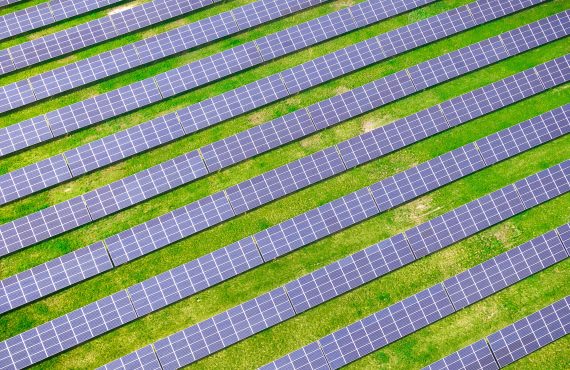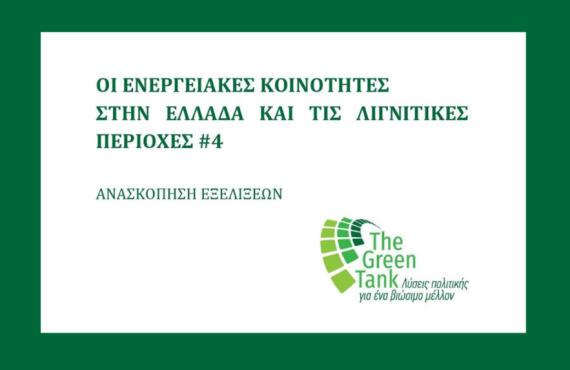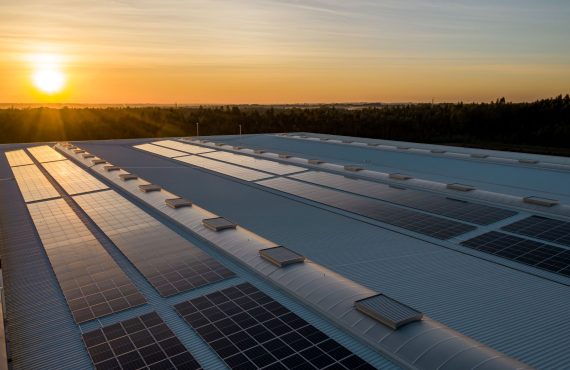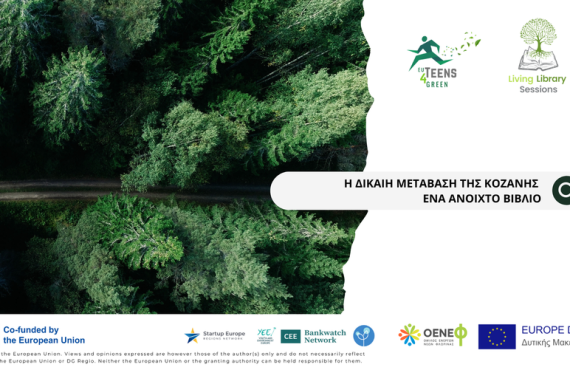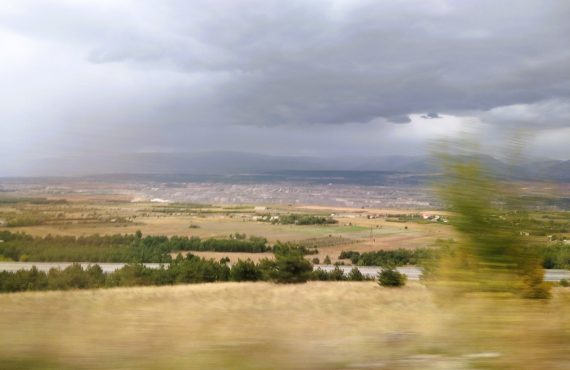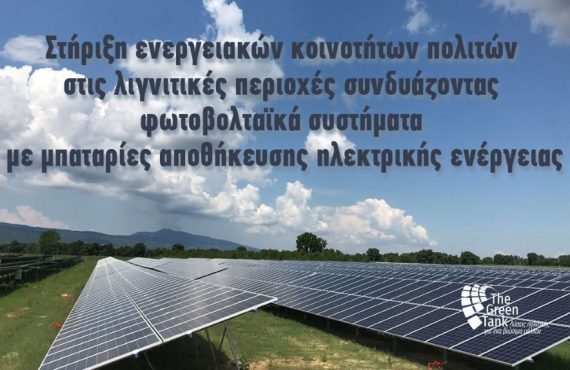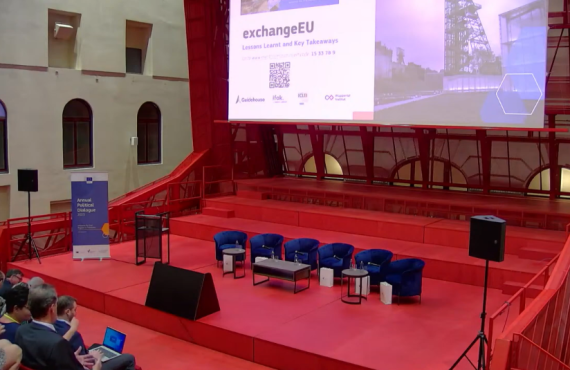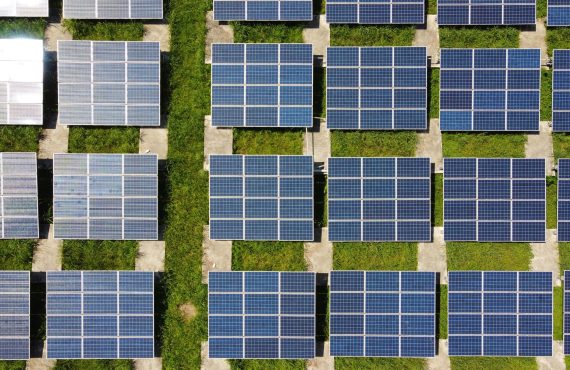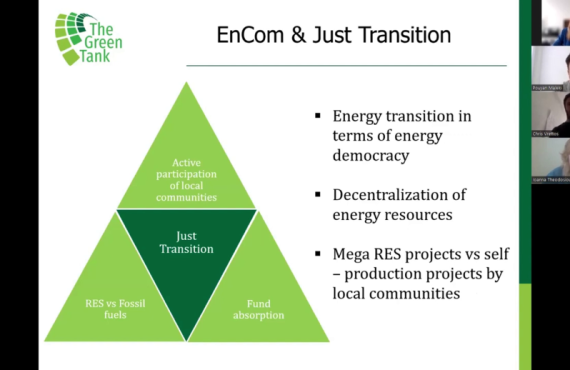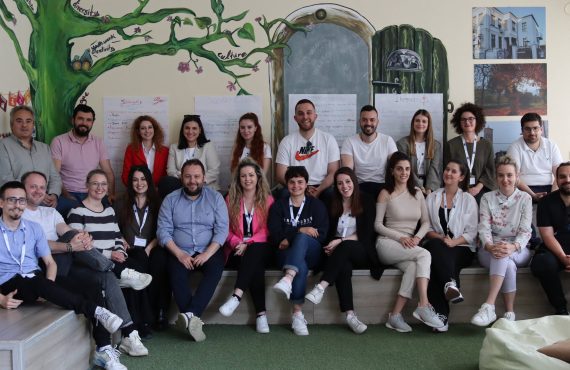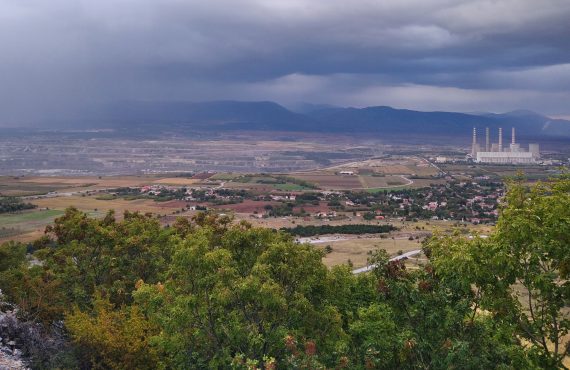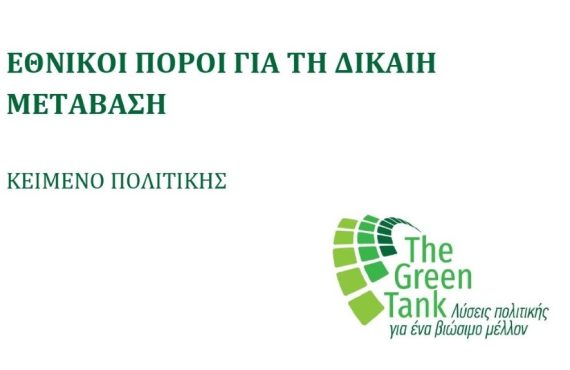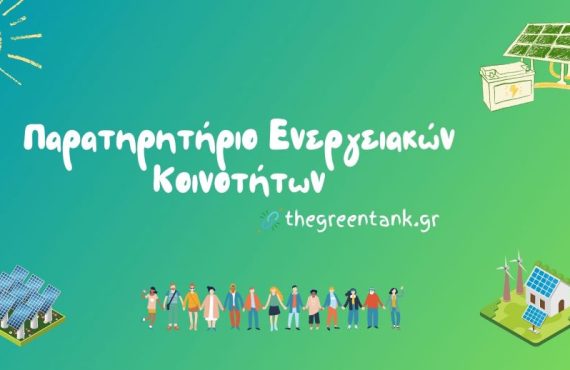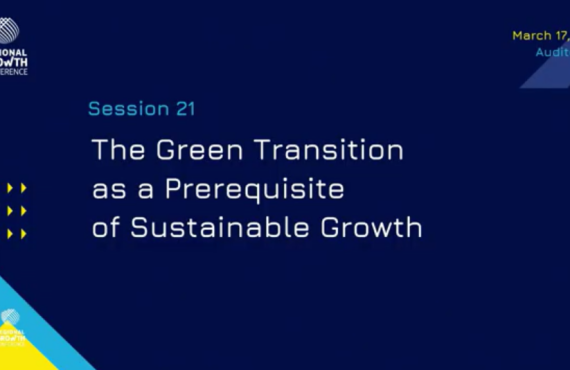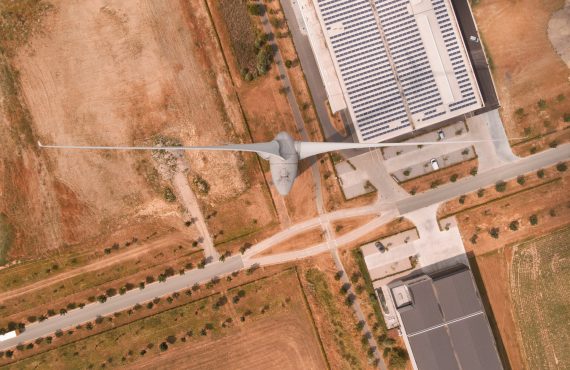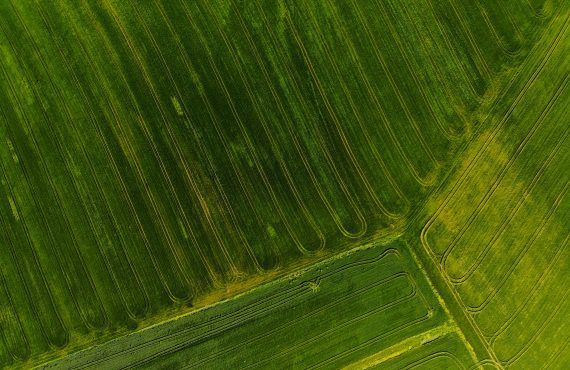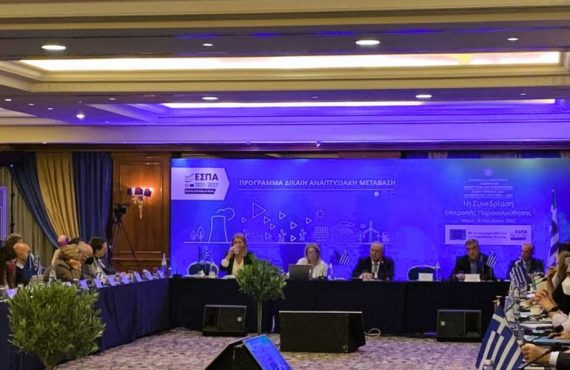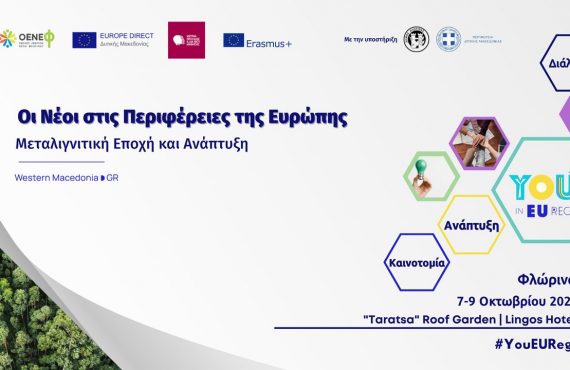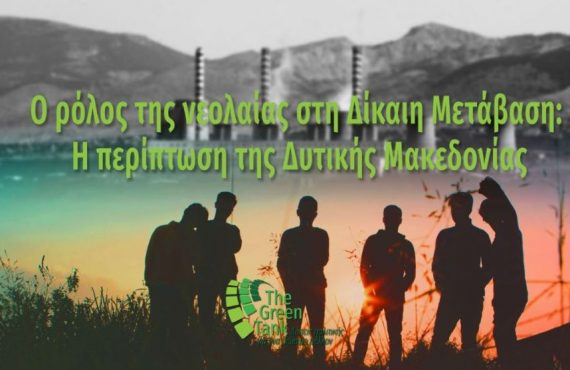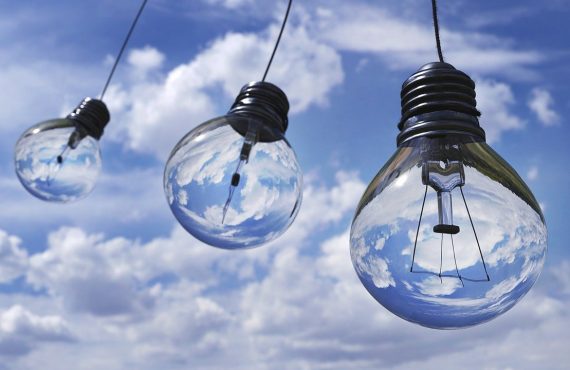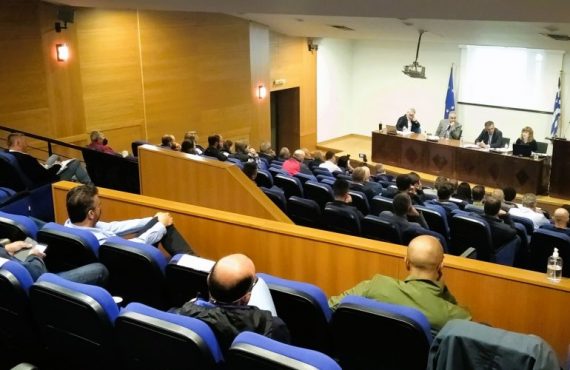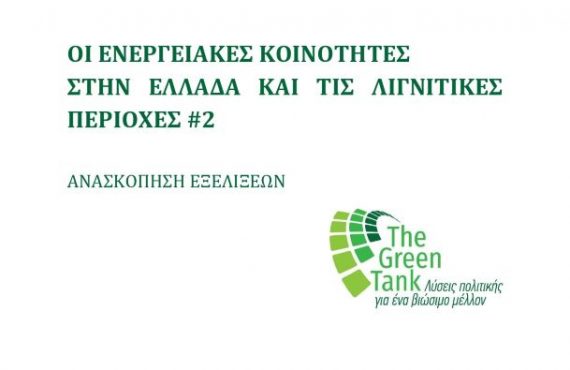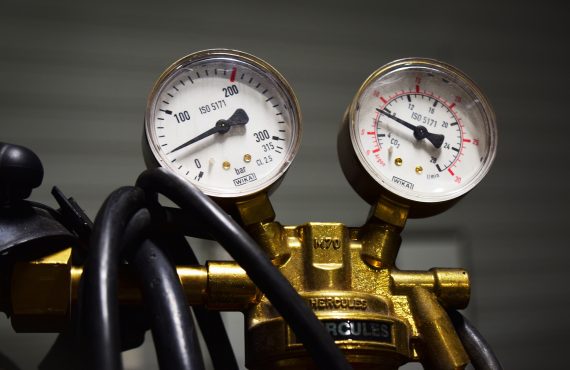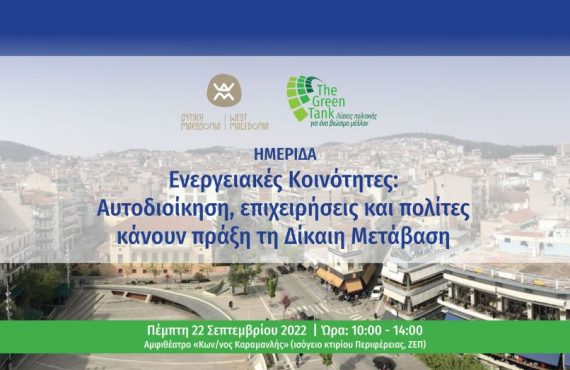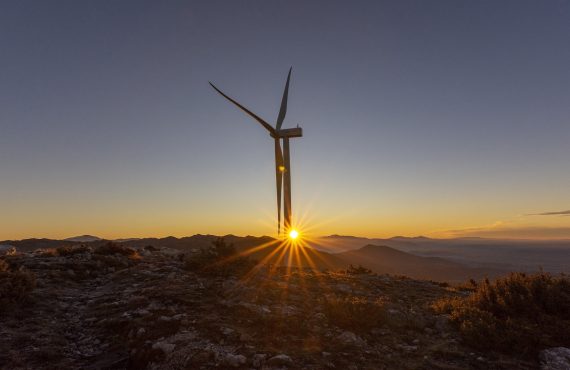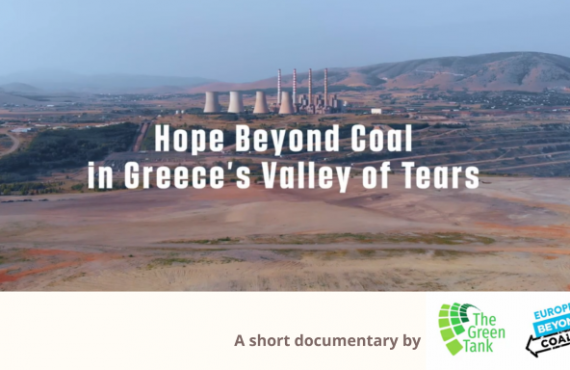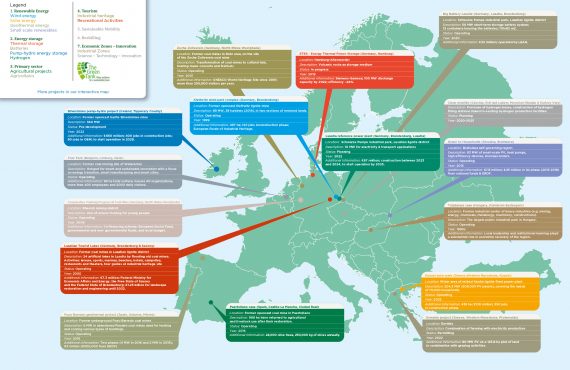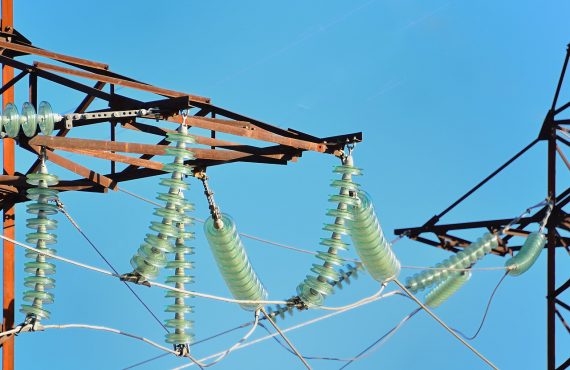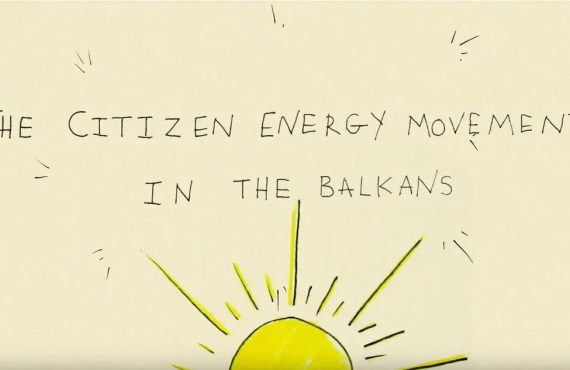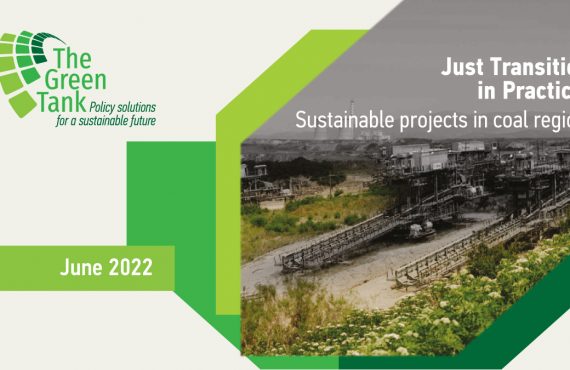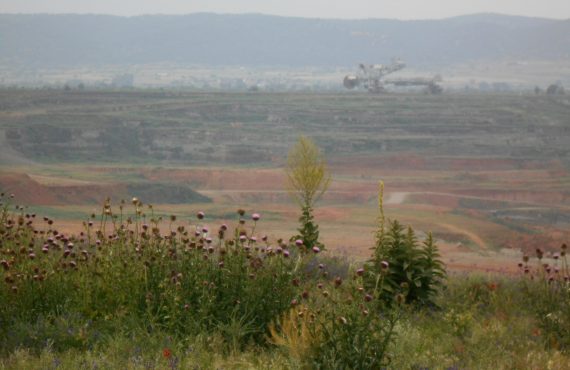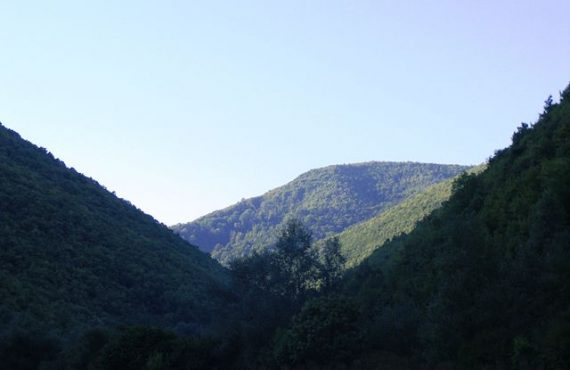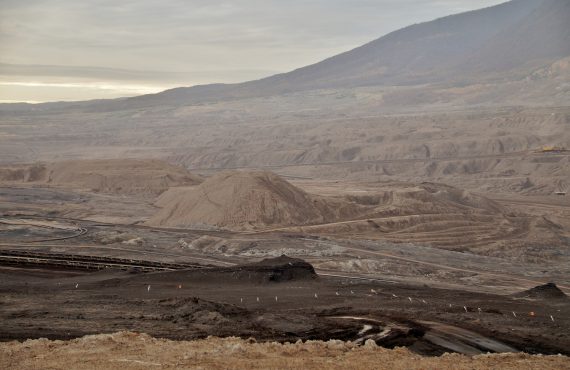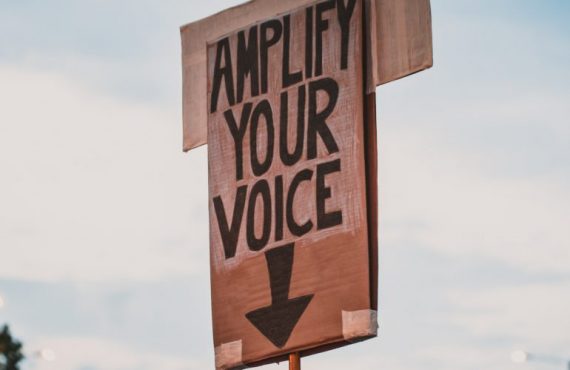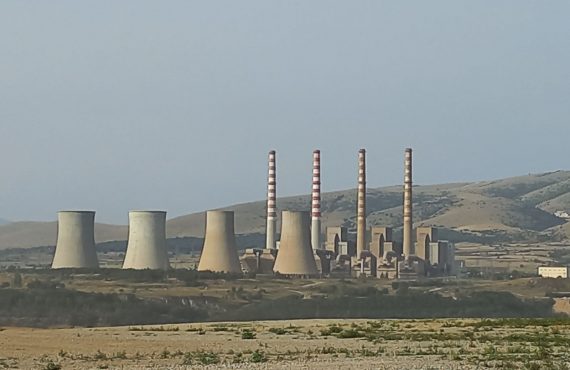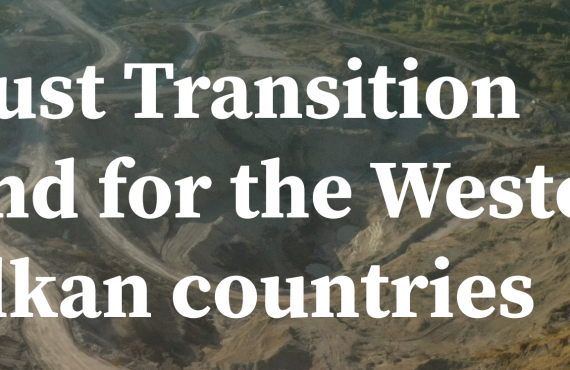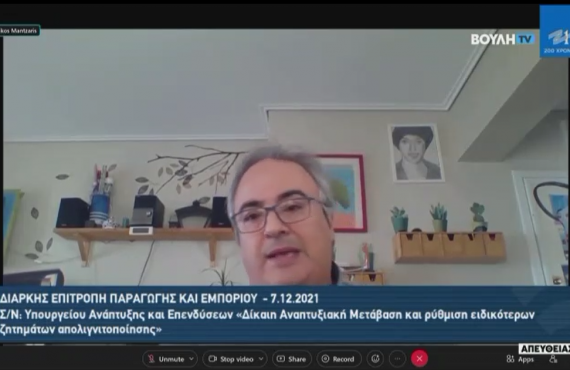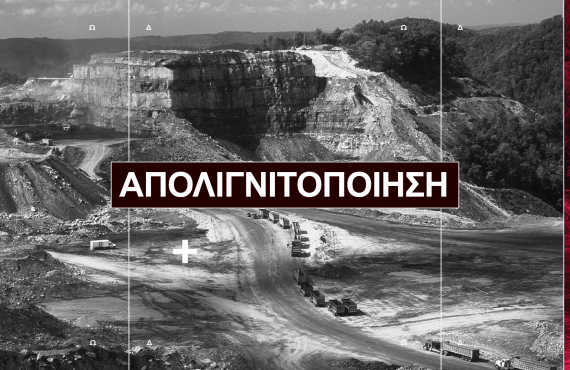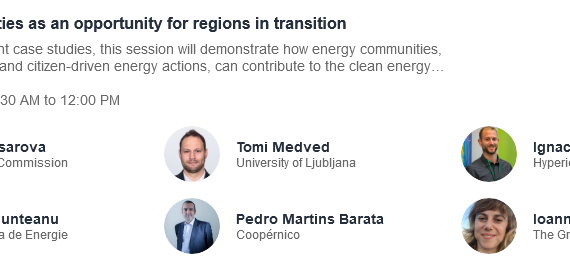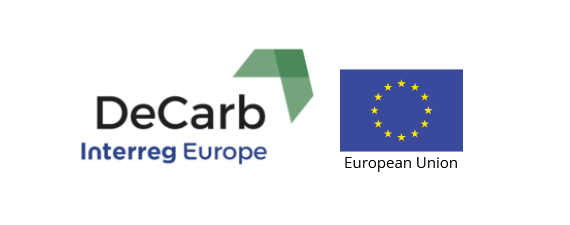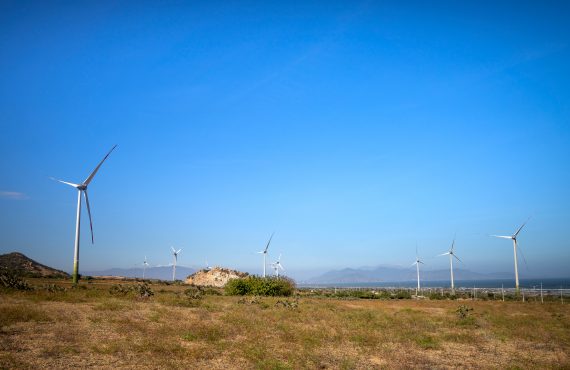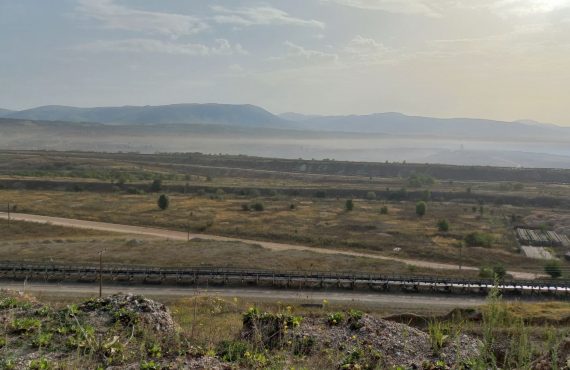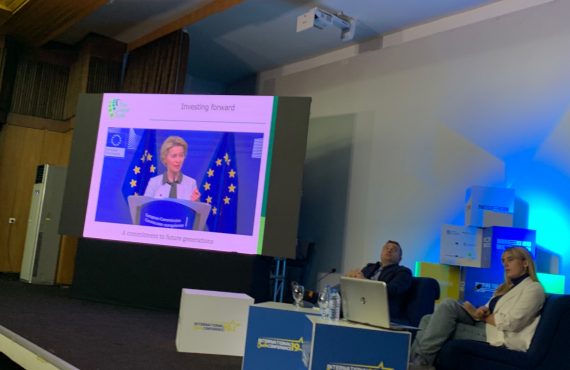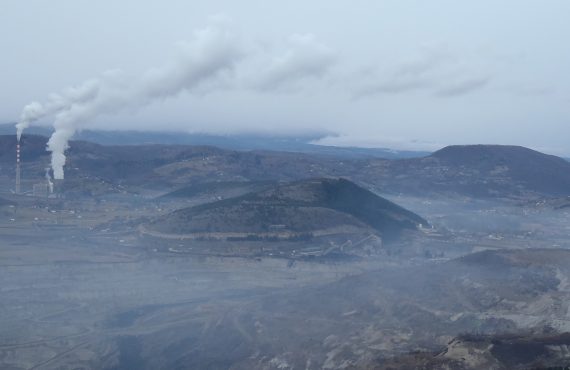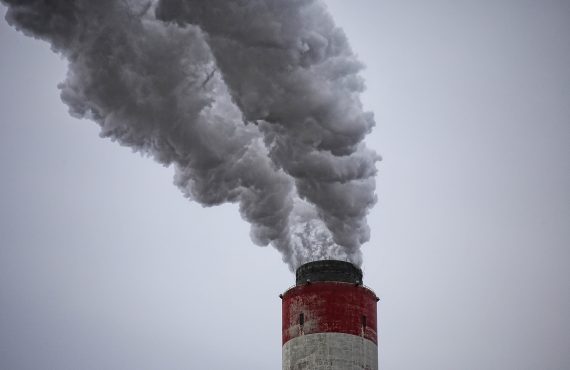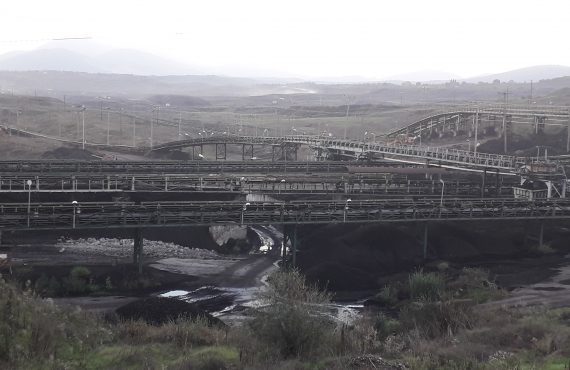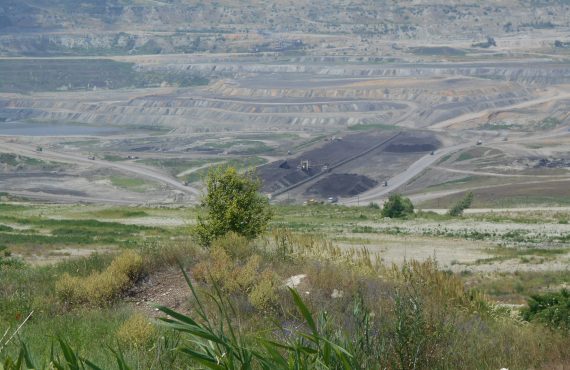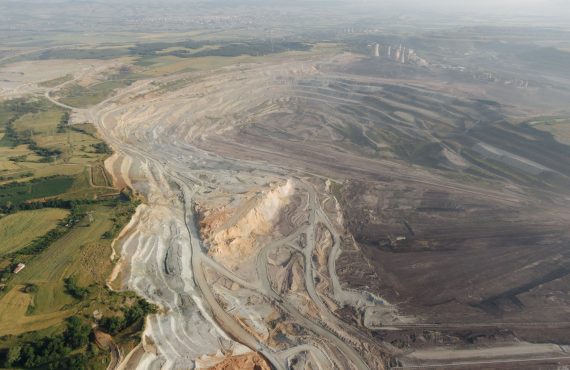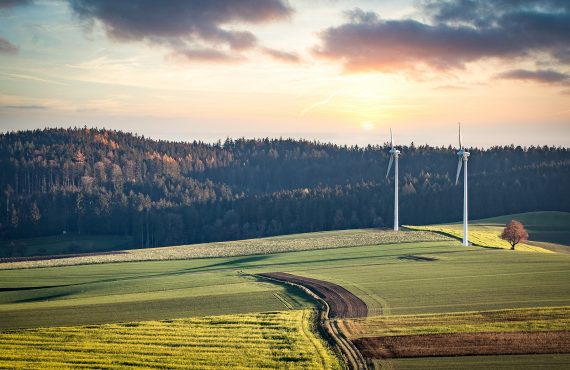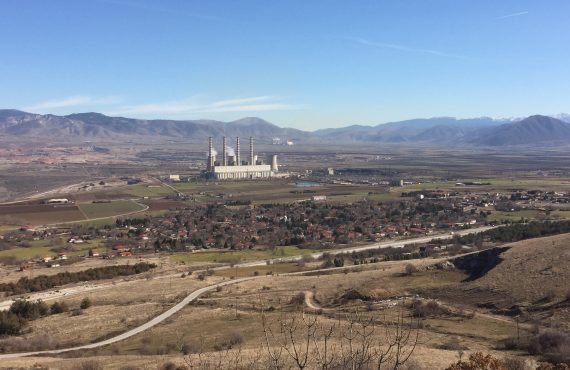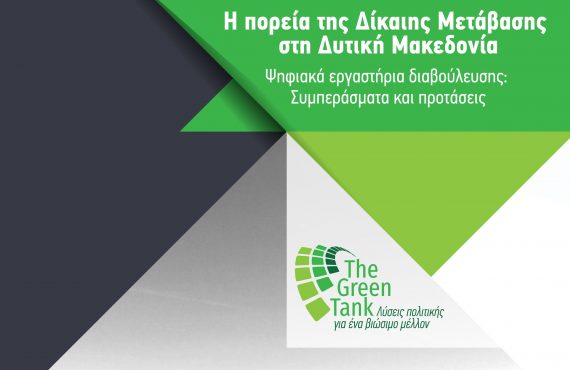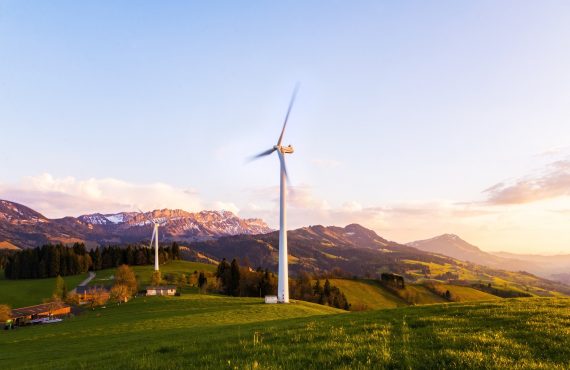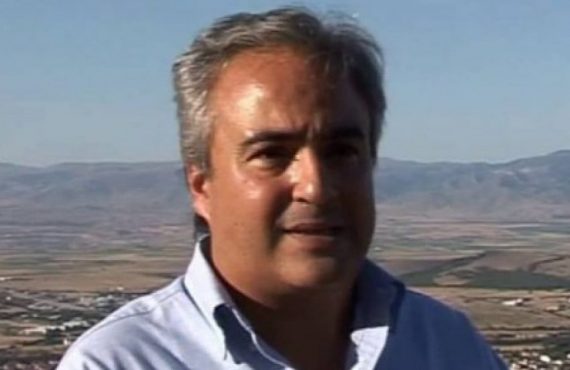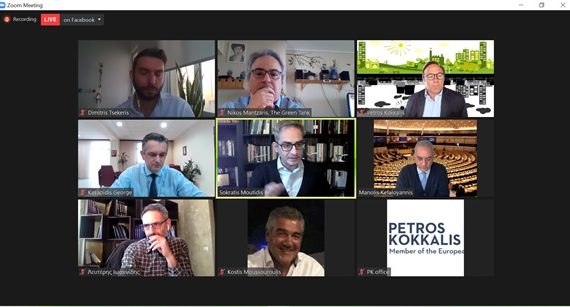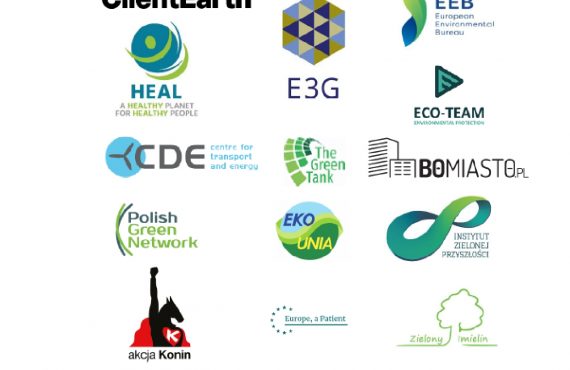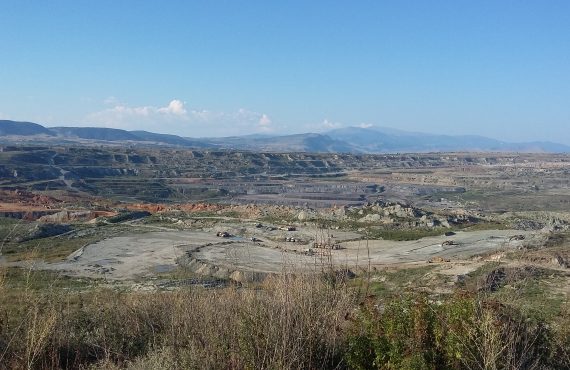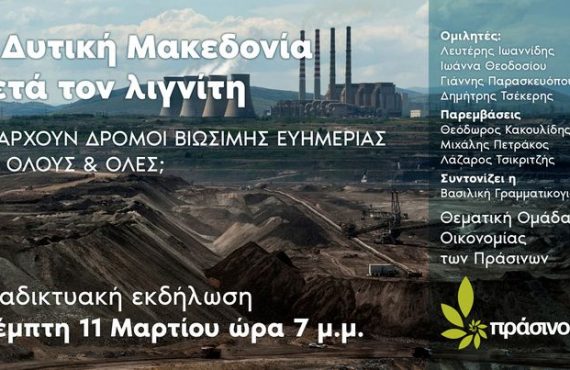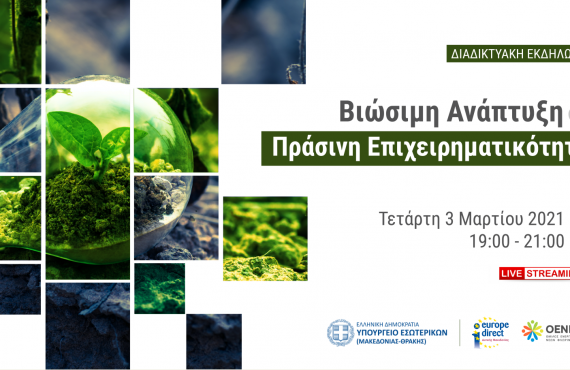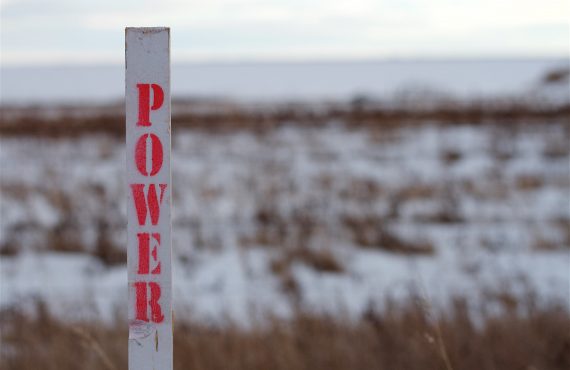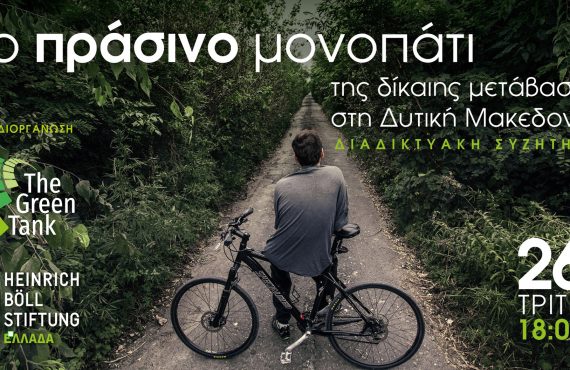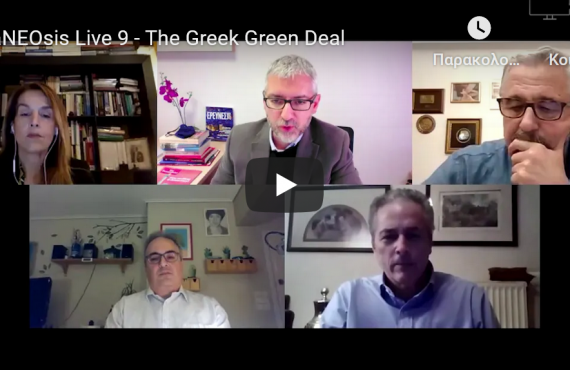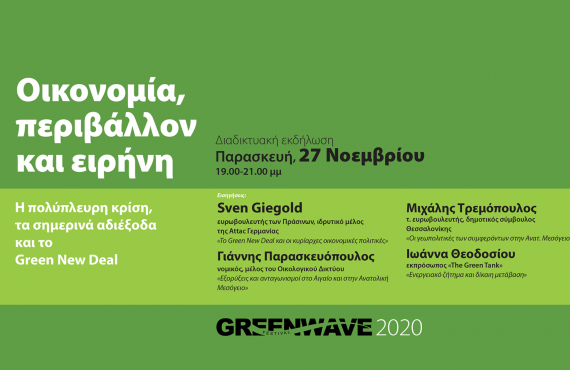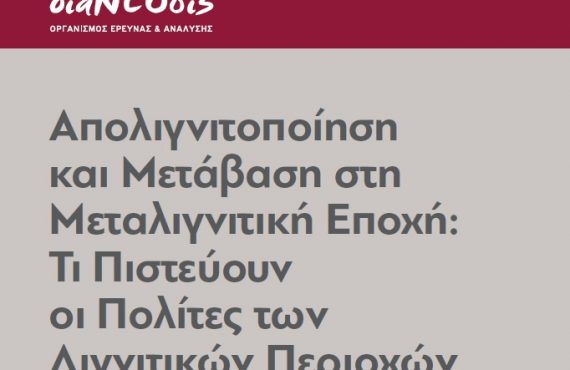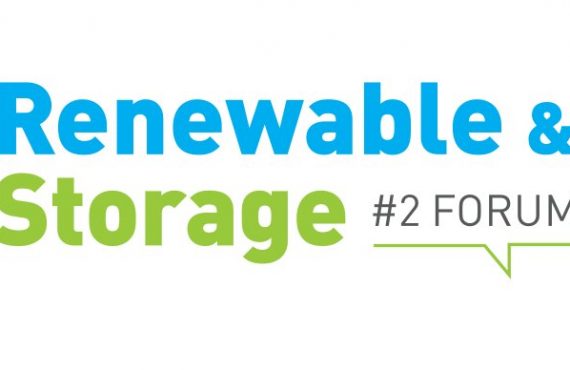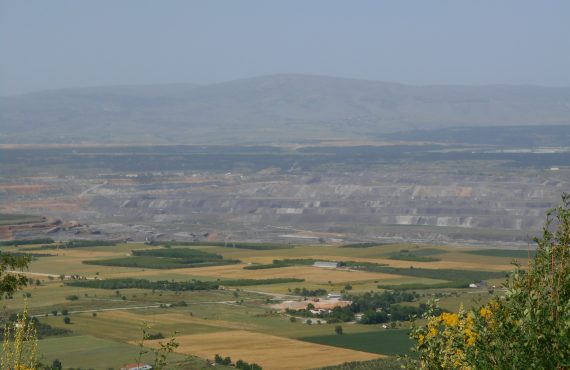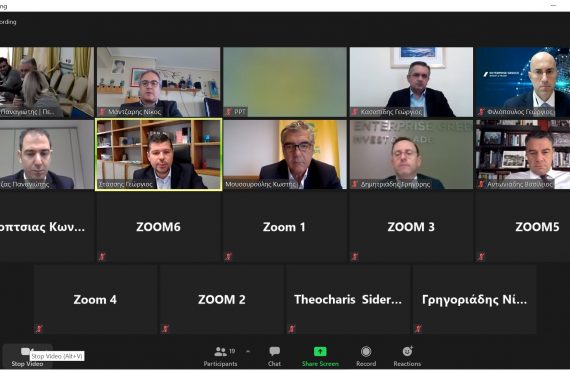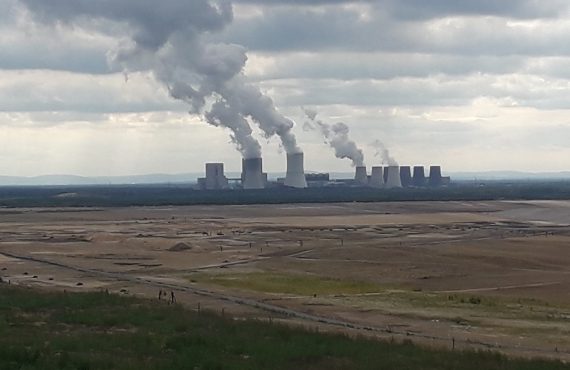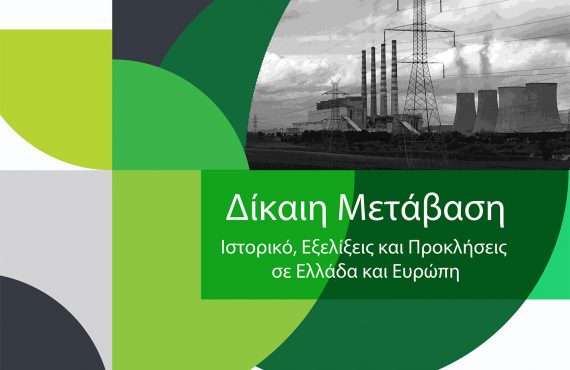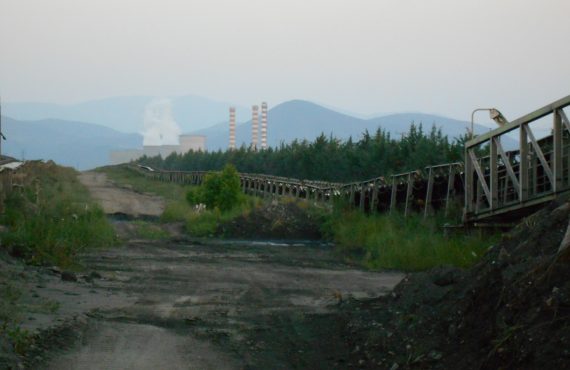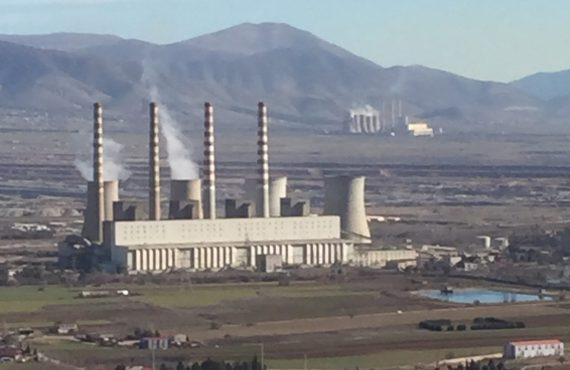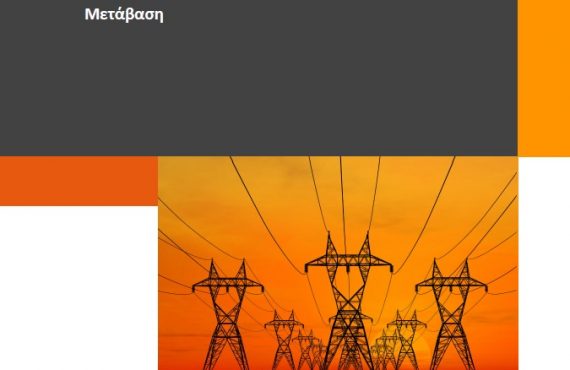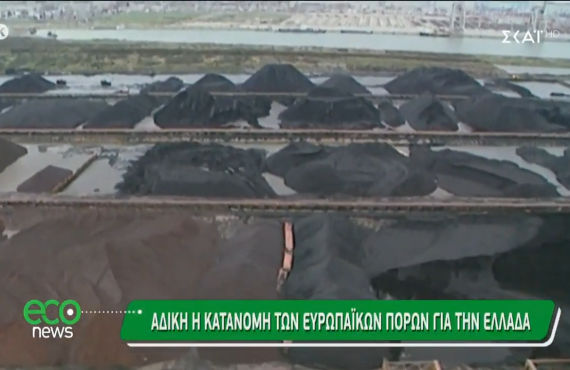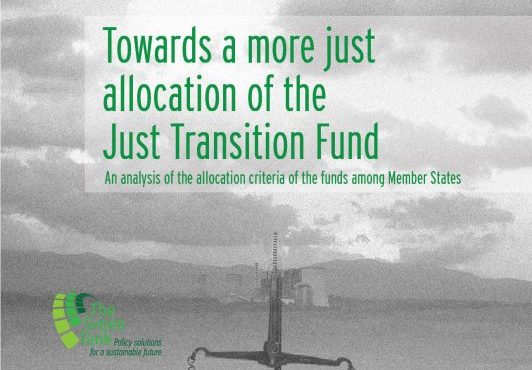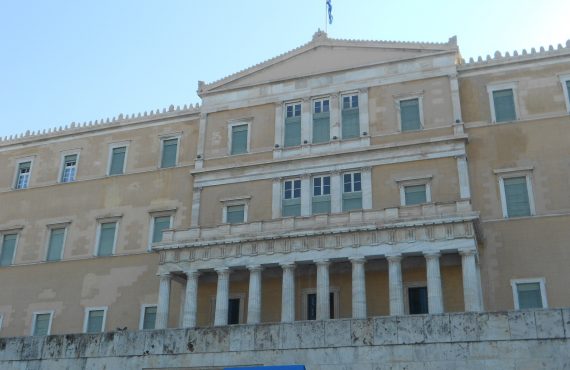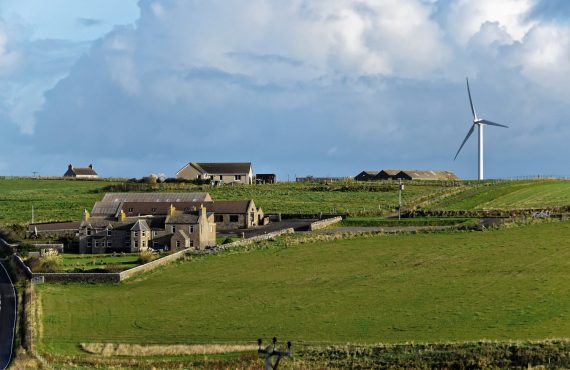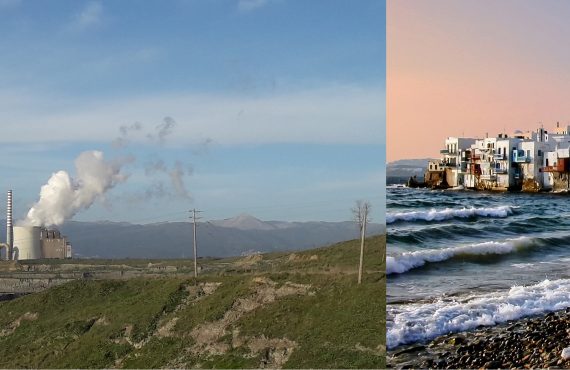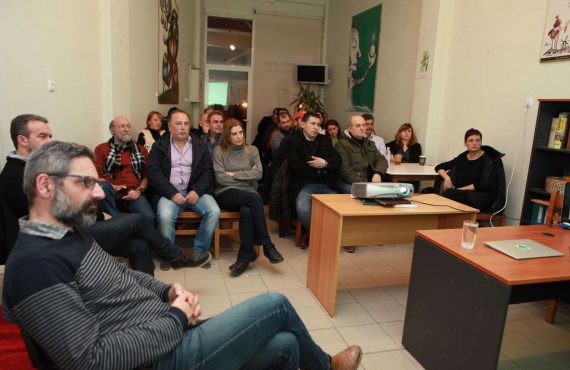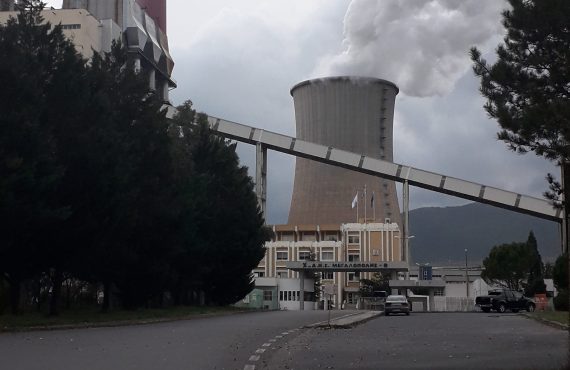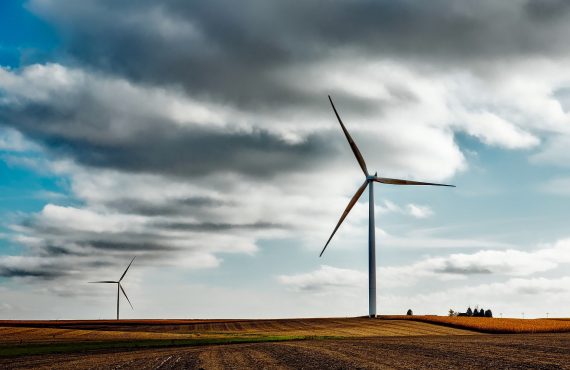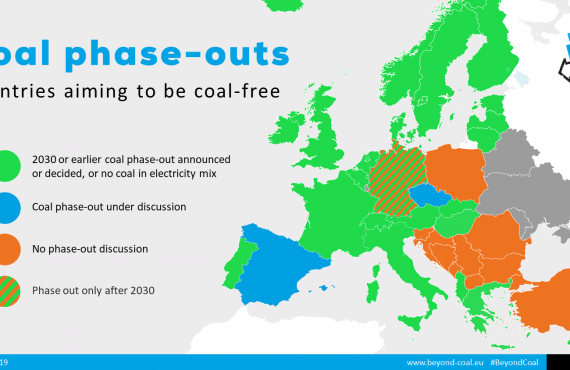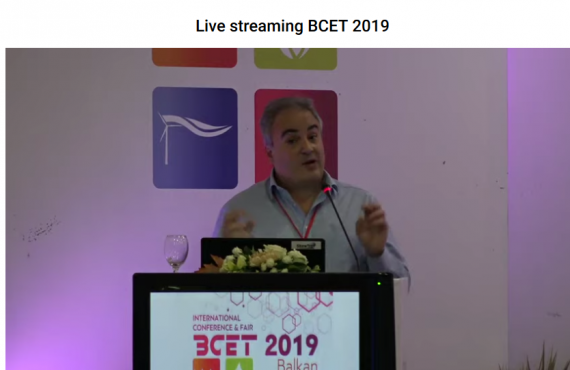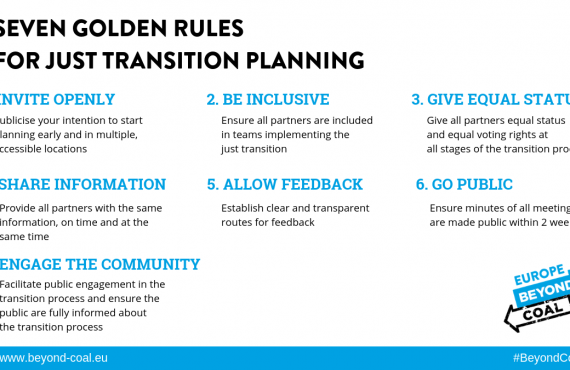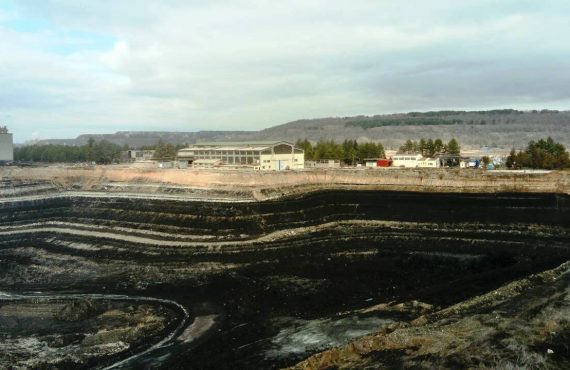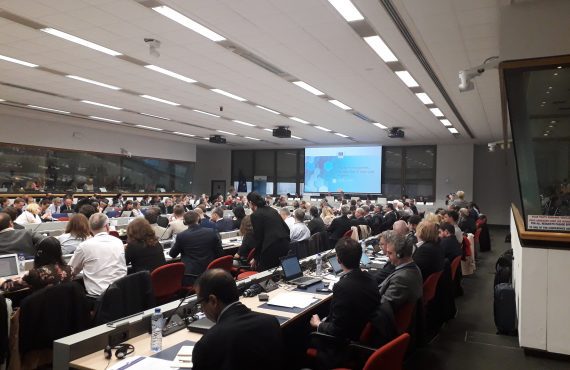Within one year (November 2021-November 2022), applications for virtual net metering projects by energy communities multiplied by a factor of 5, while the corresponding requested capacity increased from 18.9 MW to 86.9 MW (+358%). However, progress is hindered by the lack of sufficient grid space as 49% of the applications for such projects are rejected by HEDNO, and their installed capacity is very low compared to the total requested (3.6%).
In the review titled “Energy Communities in Greece and in its lignite areas #3”, The Green Tank presents developments on energy communities in Greece based on official November 2022 data by the General Commercial Registry (GEMI) and the Hellenic Electricity Distribution Network Operator (HEDNO).
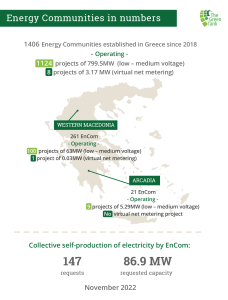 The main findings can be summarized as follows:
The main findings can be summarized as follows:
1. In November 2022 the number of energy communities in Greece rose to 1,406 (a 36% increase compared to November 2021) with a total installed RES capacity of 802.71 MW. A significant share belongs to the lignite regions of Western Macedonia where 261 energy communities are established and 101 projects with a capacity of 63.03 MW are in operation. In contrast, the dynamics of energy communities in the other lignite regional unit of Arcadia is clearly weaker. In total, as of November 2022, 21 energy communities have been established in Arcadia, -only 2 of them in the lignite municipality of Megalopolis- and only 9 energy community projects with a capacity of 5.29 MW are in operation in this regional unit.
2. The majority of projects by energy communities sell the electricity produced to the low-medium voltage grid. As of November 2022, such RES projects account for 799.54 MW nationwide, recording an increase of 71.4% compared to November 2021 (466.5 MW). At the same time, the installed capacity of virtual net metering RES projects by energy communities, aimed at covering citizens’ electricity needs, is much smaller, accounting only for 3.17 MW. Consequently, so far the “instrument” of energy communities has been primarily used to make profit from the sale of electricity rather than to meet own electricity needs.
3. However, data for self-produced electricity projects in total lead to the conclusion that the current energy crisis drove citizens, businesses and local societies towards renewables to meet their own electricity needs, either individually (net metering) or collectively through energy communities (virtual net metering). Specifically, the requested capacity of virtual net metering projects by energy communities increased from 18.9 MW in November 2021 to 86.9 in November 2022 (+358%). At the same time, the requested capacity of virtual net metering projects in total (by energy communities and others) increased from 90.78 MW to 218.18 MW (+140.3%). The leap was even bigger in regular net metering projects. The requested capacity of such projects rose from 260.27 MW in November 2021 to 779.4 MW in November 2022 (+199.5%).
4. The lack of available electrical space for energy community projects has intensified over the last year and is the main obstacle for the development of energy communities, thus limiting the ability of citizens to participate in the green energy transition. In November 2022, 46.6% and 49% of connection requests to low-medium voltage and virtual net metering respectively have been rejected by HEDNO due to the lack of electrical space.
“The use of the available resources of the new programming period 2021 – 2027, the Green Fund and the Recovery and Resilience Fund in conjunction with dedicated electrical space for energy communities constitute the necessary measures that the State must take to strengthen the participation of citizens in the energy transition while supporting them in tackling the energy crisis. Therefore, priority should be given to self-production renewables projects of non-profit energy communities formed by citizens.”, said Ioanna Theodosiou, Policy Associate at The Green Tank.
The full review of developments on “Energy Communities in Greece and in its lignite areas” is available here.
Αn interactive map of Greece with regional information on energy communities is available here.
More comparative data can be found in previous analyses by The Green Tank, namely Review #2 based on May 2022 data and Review #1 based on November 2021 data.



